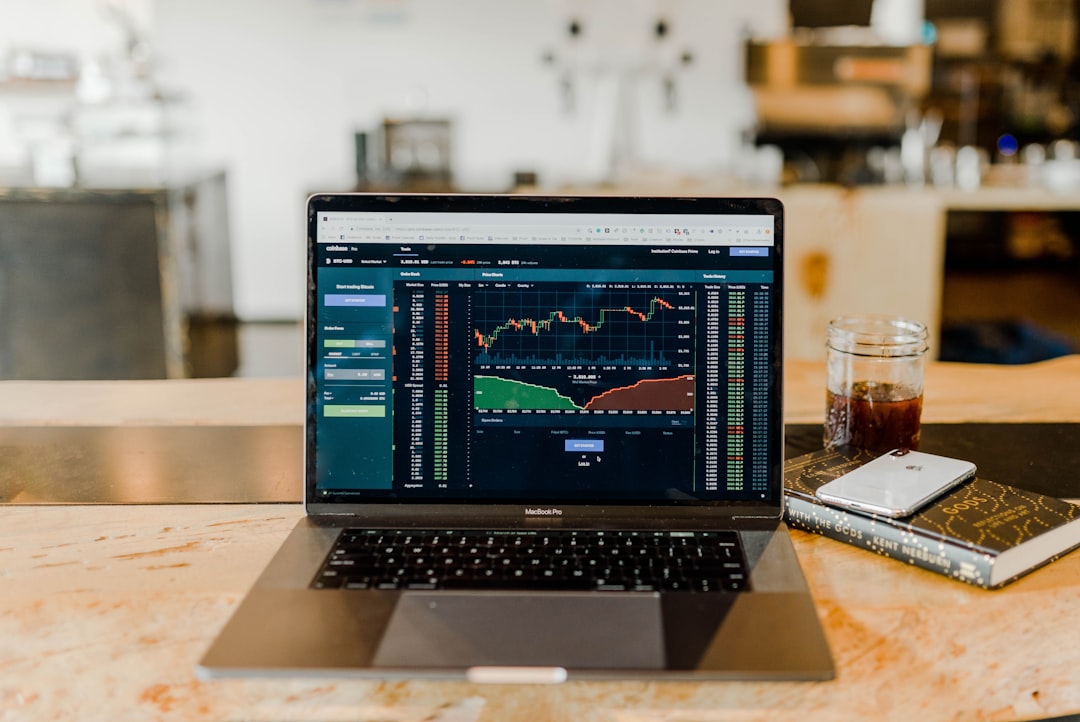
U.S. consumer prices rose 2.3% year-on-year in April, the slowest pace since February 2021 but still above the Federal Reserve’s 2% inflation goal. The data arrives as markets assess the effects of recent tariff adjustments and await Fed guidance.
Key CPI Takeaways
Headline CPI: +2.3% YoY (vs. 2.4% in March; expectations had been 2.4%)
Monthly change: +0.2% (vs. −0.1% in March; forecast was +0.3%)
Core CPI (ex-food & energy): +2.8% YoY; +0.2% MoM (in line with expectations)
Shelter costs contributed over half of the monthly increase, while energy, medical care, and furniture prices also rose. These figures cover the period spanning the April 2 introduction of elevated “reciprocal” tariffs and the subsequent 90-day pause on most duties.
Trade Policy and Inflation Dynamics
Monday’s agreement to temporarily lower U.S. and Chinese tariffs—from 145% to 30% and 125% to 10%, respectively—provided further relief to markets. Stocks rallied on hopes that easing trade tensions will help contain input-cost pressures.
Fed Chair Jerome Powell has emphasized a “wait-and-see” stance, noting economic resilience despite tariff headwinds. With inflation still above target, investors will scrutinize upcoming policy signals and economic releases.
What’s Next: Fed Rates and Data Watch
The path of interest rates hinges on whether inflation continues to decelerate. Key upcoming indicators include:
U.S. Producer Price Index (PPI)
Retail sales & consumer sentiment
Fed speakers’ remarks
Stay on top of these releases and their timing via the Economics Calendar API, which provides real-time schedules for CPI, PPI, and other critical macroeconomic events.

